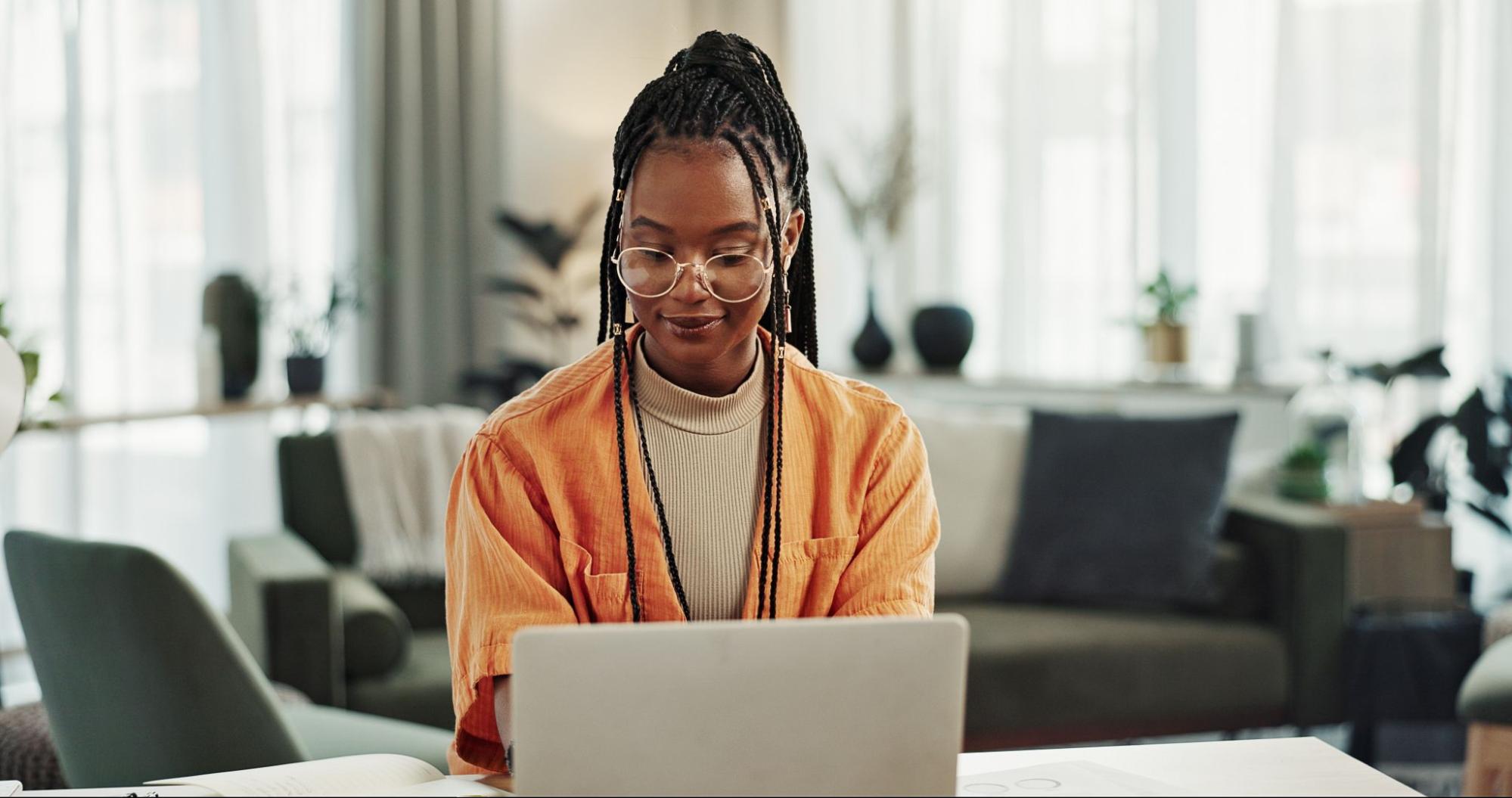Blog 9: Building Inclusive Communities: The Foundation of a Better Tomorrow
In today’s world, there’s a growing recognition that diversity, equity, inclusion, and accessibility (IDEA) aren’t just buzzwords; they are essential elements in creating spaces where everyone feels valued and respected. When we talk about building inclusive communities, we’re speaking to the heart of what makes us human—the desire to belong, to contribute, and to be seen for who we are. But what exactly does it mean to build an inclusive community, and why is it so important?
What Is an Inclusive Community?
An inclusive community is one where everyone, regardless of their background, identity, or ability, feels welcomed and able to participate fully. This means creating an environment where individuals can come together, celebrate their differences, and support one another. Inclusive communities embrace diversity and actively work to remove barriers that might prevent people from accessing resources, participating in activities, or feeling a sense of belonging.
Why Inclusive Communities Matter
- Fostering a Sense of Belonging
Feeling a sense of belonging is a fundamental human need. When people feel connected to a community, they are more likely to thrive, contribute, and support others. An inclusive community fosters an environment where everyone feels that they are an important part of the whole, which in turn strengthens the bonds within the community itself.
- Promoting Innovation and Growth
Diverse communities bring together people with different perspectives, skills, and experiences. This diversity leads to new ideas, creative solutions, and innovations. When we build communities that include people from all walks of life, we open the door to fresh ways of thinking, problem-solving, and growing together.
- Reducing Inequality and Strengthening Justice
Inclusive communities actively challenge and dismantle barriers that perpetuate inequality. By recognizing the unique challenges faced by marginalized groups and working to address these issues, we create fairer, more just environments where everyone has the opportunity to succeed. This is particularly crucial in a world where many individuals continue to face discrimination based on race, gender, disability, and other factors.
- Improving Mental and Physical Well-Being
Studies have shown that people who feel part of an inclusive community experience better mental health outcomes. Social connection and inclusion reduce feelings of isolation and loneliness, contributing to overall well-being. Inclusive communities also encourage healthy lifestyles and provide support systems that allow members to access healthcare and wellness resources.
- Building a Stronger Society for Future Generations
When we lay the groundwork for inclusivity today, we set the stage for future generations to grow up in environments that are accepting and supportive. Children who experience inclusive communities are more likely to carry those values forward, creating a ripple effect that contributes to a more empathetic, connected society.
Steps to Building Inclusive Communities
Building an inclusive community doesn’t happen overnight; it requires intentional effort, collaboration, and a commitment to continuous growth. Here are some steps we can take:
- Listen and Learn: Start by understanding the needs, challenges, and aspirations of everyone in the community. Listen to the voices of marginalized groups and recognize that their experiences may be different from your own.
- Promote Inclusive Policies: Advocate for policies and practices that promote equity and accessibility. This could involve anything from implementing physical accessibility improvements to ensuring that community events and programs are culturally inclusive.
- Educate and Raise Awareness: Create opportunities for learning and open dialogue around diversity and inclusion. Host workshops, events, or discussions that educate community members on the importance of inclusivity.
- Encourage Collaboration: Bring people together through shared goals and activities. Encourage collaborative projects where people can connect, learn from each other, and build a sense of unity.
- Celebrate Diversity: Embrace and celebrate the unique contributions of every community member. Acknowledge cultural, racial, gender, and ability differences, and create spaces where people feel proud of their identities.
The Role We All Play
Building an inclusive community isn’t the responsibility of just one person or group—it requires a collective effort. Each of us has a role to play, whether it’s through supporting inclusive initiatives, educating ourselves, or simply being an ally to those who may feel marginalized. By actively working toward inclusivity, we become a part of the solution, contributing to a world where everyone has the chance to thrive.
Moving Forward Together
Inclusive communities are the bedrock of a better, more connected society. They allow us to move beyond superficial differences and build bridges that foster understanding, support, and empowerment. As we continue to build communities where everyone is welcomed and valued, we’re paving the way for a brighter, more inclusive future. The journey may not always be easy, but the reward—a society rooted in empathy, resilience, and unity—is undoubtedly worth it. Let’s take the first step together.




